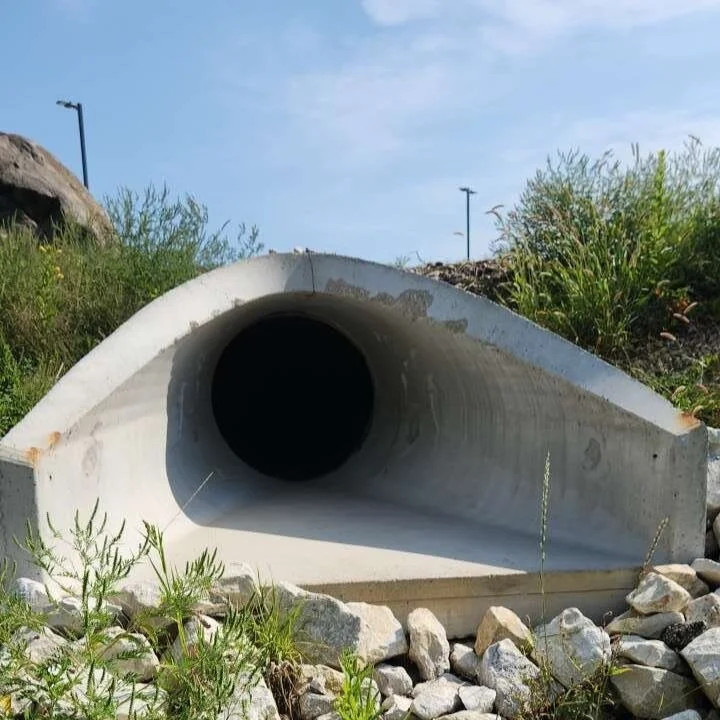An emerging technology in the world of storm water management is floating treatment islands. Floating treatment islands are floating mats or rafts which provide a growing medium for wetland plants. The plants' stems are held above water level with the roots submerged below the water surface, enabling them to draw nutrients such as nitrogen and phosphorus, thus removing them from the waterbody. This “concentrated wetland effect” bio-mimics the cleansing action of natural wetlands. Why reinvent the wheel, right?
A common application of these artificial islands is retrofitting existing storm water ponds that have excessive nutrient levels. They are an economically viable option for a variety of reasons: floating treatment islands do not require additional land dedication or disturbance, they do not reduce the pond storage volume and they adjust to changing water levels.
Aside from the water quality, these storm water treatment islands can be used for habitat management, wetland restoration, lake restoration, wave breakers, or even beautification.
For more information, check out this article on floating island wetland installation in the Milwaukee area.
About the Author
Maria C. Kealey, E.I.T.
Project Engineer
Maria brings fresh innovation coupled with effective communication skills to her role as a project engineer. She has been employed with Ruekert & Mielke, Inc. (R/M) since 2015 while she completed her degree in Civil Engineering and obtained a certificate in Environmental Studies at UW-Madison. Maria has been involved in a wide array of projects thus far, providing her with comprehensive knowledge of the industry. She understands the needs of clients to exceed expectations. These skills allow her to efficiently manage projects and coordinate design efforts, while maintaining timely communication with community staff and residents.





